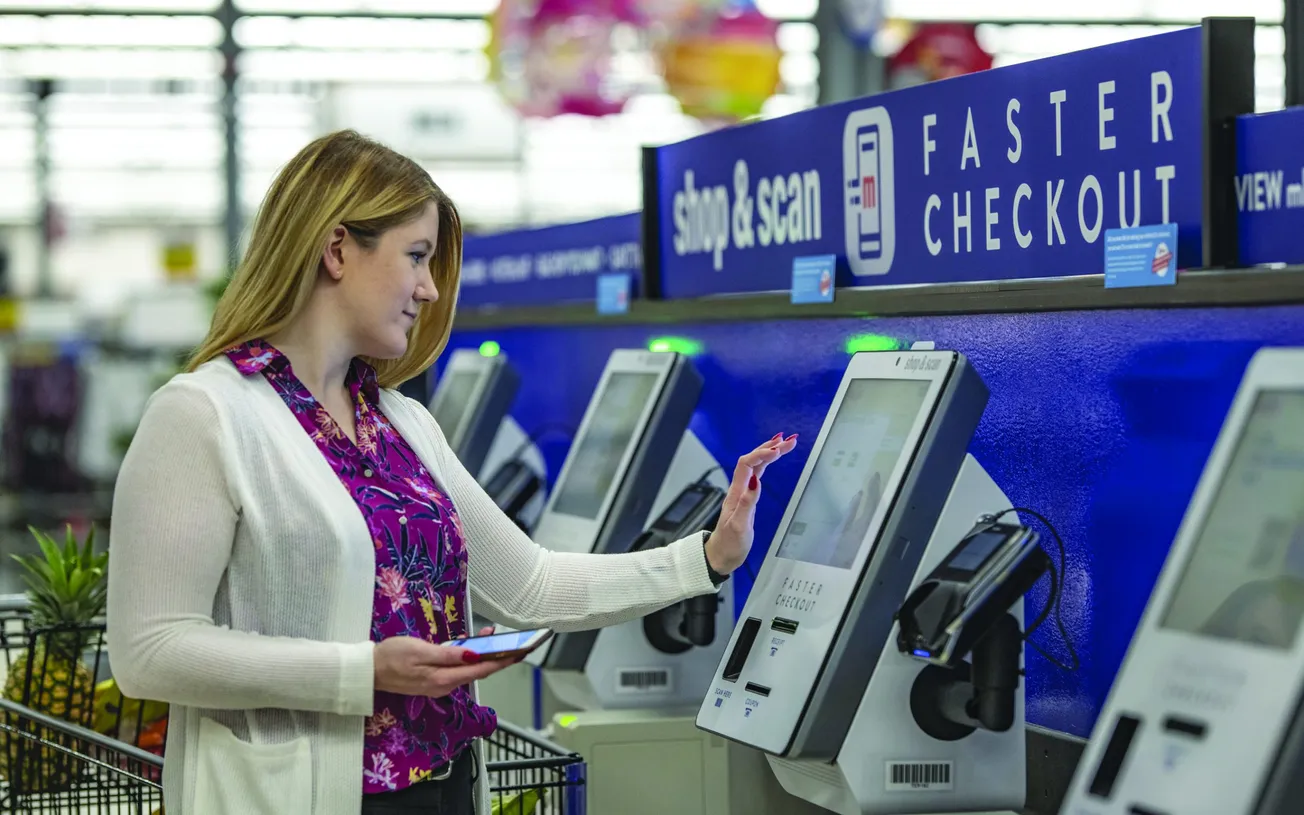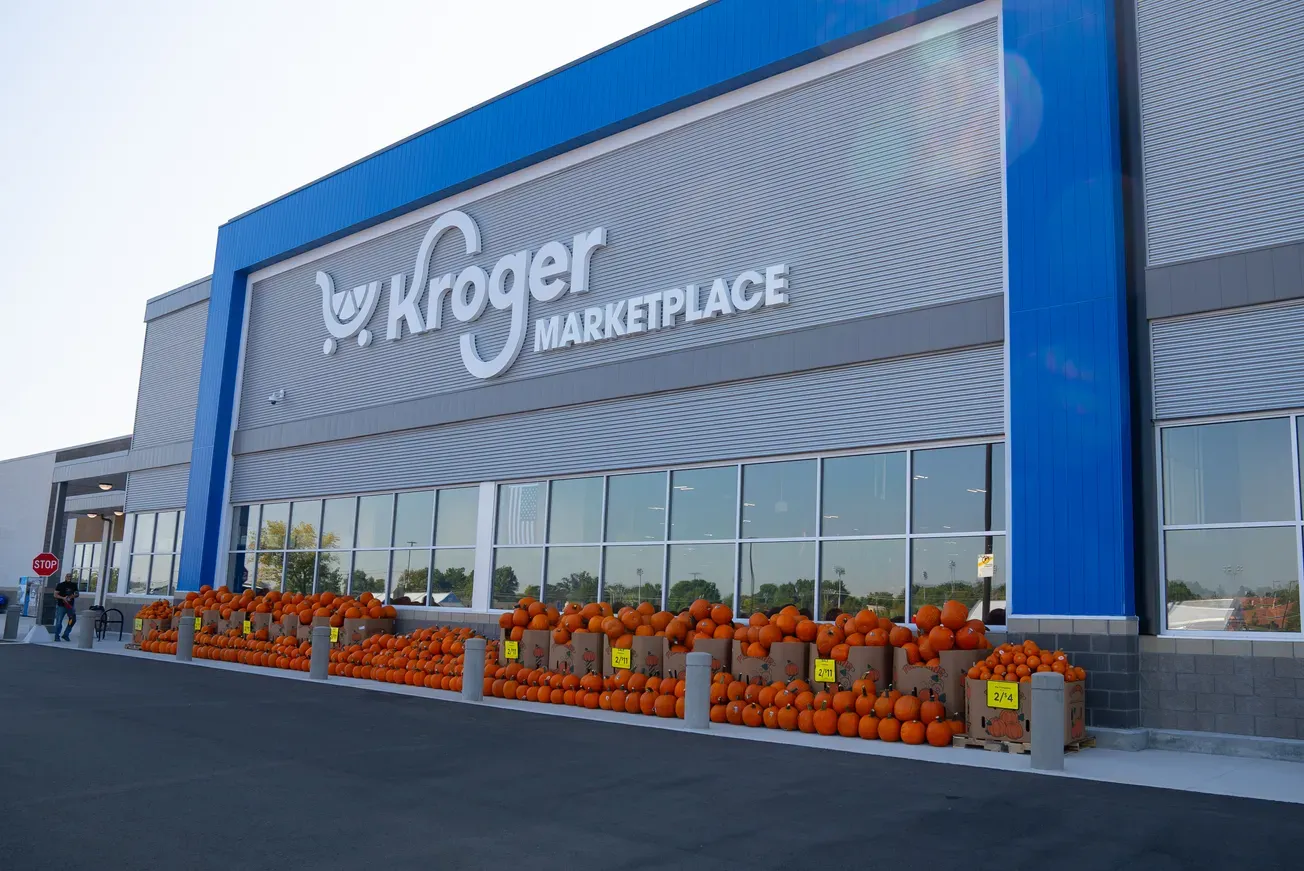While much of modern retail is about managing constant change, one thing that remains high on the agenda for retail is the crucial role stores play in driving engagement and sales.

By Jill Standish
However, while stores are right back at the top of the agenda, retailers need to be willing to reset their store strategies — and do so as part of a broader reinvention of the business — if they want to truly capitalize on the growth opportunities.
Location, location, location
Take store locations. Many retailers are rationalizing their footprints. But the smart brands are also being more scientific about their store base. That means leveraging data on foot traffic, sales and customer demographics to gain new insights into where their brand sits within each different catchment area.
Retailers are then better placed to optimize the mix of store types and locations. In practice, this will often be about going smaller, more local and more closely tied to the community. Increasingly, for example, we see retail brands focusing on strip centers and freestanding small-format stores rather than underperforming shopping malls.
This is true even for some of the largest and most iconic department store brands. Macy’s, for instance, announced it would open several new off-mall small-format stores across the U.S. This is part of a broader strategy to reposition the brand’s physical store footprint and better serve customer needs with smaller stores focused on immersive discovery and convenience.
Destination shopping
Similarly, with the right data analytics, retailers can better tailor their layouts, in-store services, pricing and product assortments to the local catchment. Key to this is thinking creatively and innovatively about what the future retail store can be, seeing it as not just a place to purchase products but a multipurpose destination that offers a range of different experiences.
Increasingly, for example, retailers are adding adjacent services like cafes and wine bars for customers to enjoy while they shop.
This reinvention of stores is also about combining online and off-line channels into a seamless shopping experience for customers. At one level, that means services like in-store pickups of e-commerce purchases and localized inventory that lets shoppers check the availability of products before they come to the store.
At a more advanced level it can mean a fundamental reorientation of the store around localized micro-fulfillment, hyper-automation and digitalized in-store shopping. Target provides an example with its new large-store format giving significant floor space over to backroom fulfillment to support same-day delivery.
A place for driving
engagement
One thing that sometimes gets overlooked is the role of the retail store in building relationships with customers and legitimizing the brand.
A physical presence gives customers a sense of security and reassurance that they’re dealing with a reputable company. Stores also have a symbiotic relationship with other retail channels. Retailers have learned, for example, that closing underperforming stores can negatively impact their e-commerce performance in that locality.
Not only that, stores can also be a source of critical insights into local preferences, behaviors and purchase patterns. These insights can then inform everything from forecasting and replenishing to marketing campaigns to store design.
The frontline workforce leads the charge
The retail workforce plays a critical role in this agenda. Reinventing physical stores at scale requires a highly skilled and motivated workforce. One that’s tech savvy and able to engage with customers in new and innovative ways.
Retailers must therefore also look to invest in their employees, providing training and development opportunities to ensure they have the skills and knowledge to thrive in the future retail landscape.
They must also ensure they have the right platforms and applications to help frontline workers feel connected to each other and their work.
Stores as the route to
retail growth
Physical retail is here to stay, but the successful stores of the future are upgrading the in-store experience to retain a crucial role in building relationships, understanding customer behaviors and legitimizing the brand. That universal truth will be a critical factor as retailers reinvent their businesses for future growth.
Jill Standish is global lead for Accenture’s retail industry practice.









